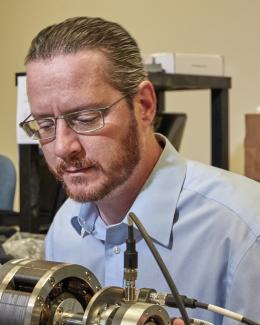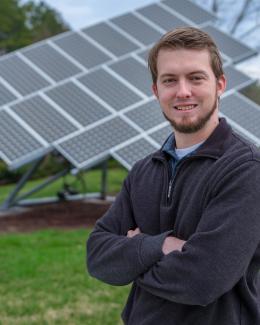Abstract
Recognizing that electric grid challenges can differ by geographical regions across the US, the Department of Energy (DOE) created a pioneer regional partnership to provide technical assistance to stakeholders facing grid modernization challenges. The southeast regional teams will transfer technologies developed under DOE auspices to stakeholders for testing, evaluation, and market validation. Regional members will help define critical challenges and pave the way for transition of technologies to the commercial sector. Using the depth and expertise at Oak Ridge National Laboratory, Savannah River National Laboratory, University of Tennessee’s CURENT, CAPER and the Clemson 20 MVA Electrical Grid Laboratory—along with critical industry partners, such as Duke Energy, TVA, Southern Company, EPB, and Santee Cooper—the Southeast Regional Consortium team will conduct collaborative research to advance the state of the grid in the Southeast region and improve power system resiliency to enhance responsiveness, enable faster restoration of power, and increase distributed energy resource (DER) concentrations.
This report provides details of the technical research and demonstration projects accomplished by Oak Ridge National Laboratory (ORNL) as part of the Southeast Regional Consortium. Specifically, ORNL analyzed the application of optical current and voltage measurements impedance relays which would enable step distance protection to be deployed on distribution systems. This would improve the precision of determining the geographic location of faults, increase network topology flexibility, and allow bi-directional power flow. Next, ORNL deployed time sensitive networking technology on the EPB fiberoptic data network to study the impact of increased sensor traffic on existing supervisory control and data acquisition data. The deterministic latency and high bandwidth were demonstrated by remotely inspecting a substation using a drone with full HD streaming video operated at the EPB Control Center. Finally, a new application-based communication and control system developed at ORNL call CSEISMIC was tested for future deployment on the EPB Control Center microgrid using a hardware-in-the-loop testbed that was also developed at ORNL. The controller was able to successfully optimize ancillary service when the microgrid is connected to the distribution network. The seamless islanding, resynchronization, and reconnection of the microgrid was also demonstrated through the testing.






